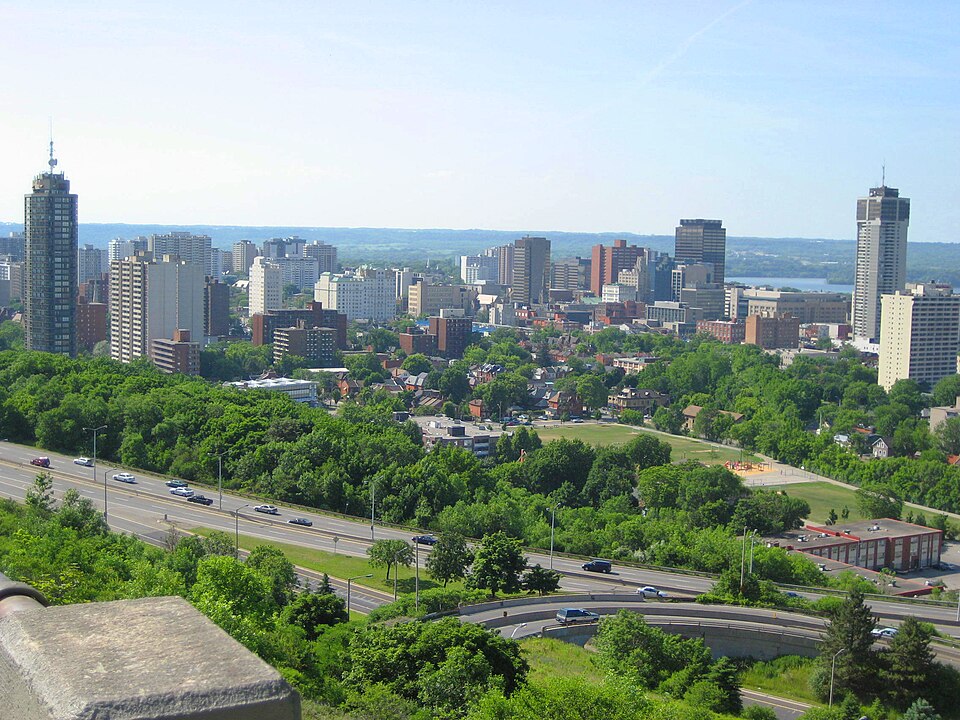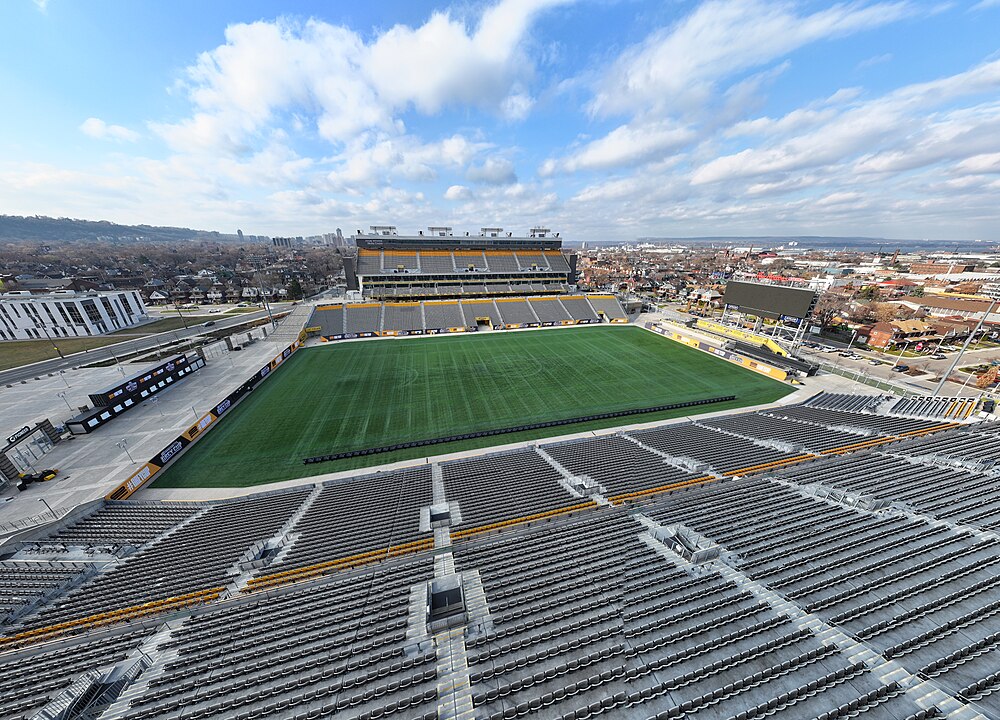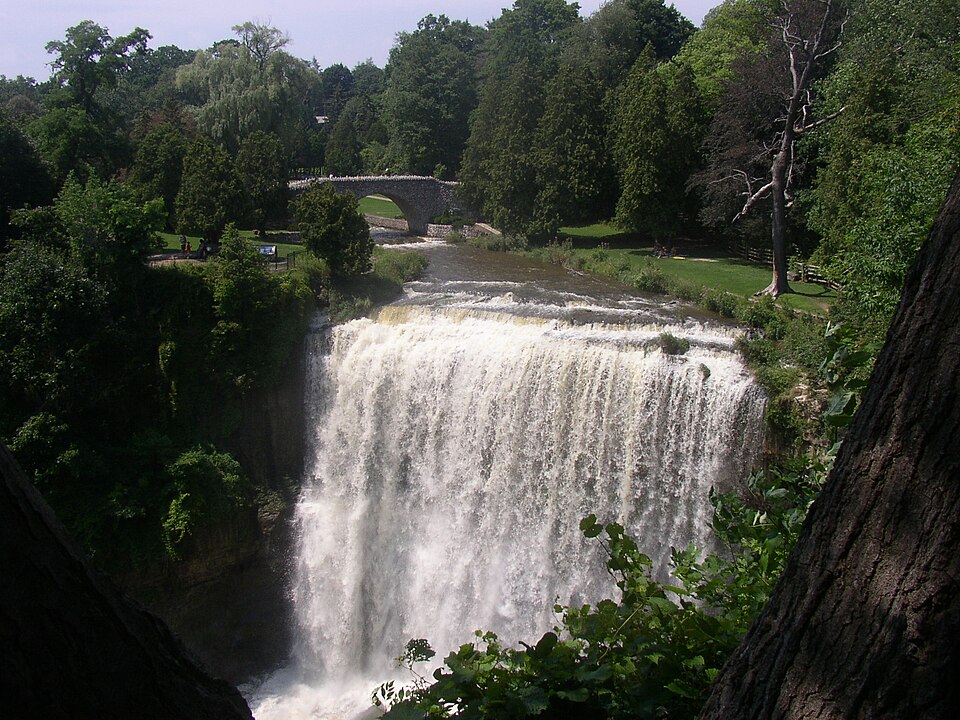Quick Bits:
Hamilton is a vibrant city filled with history, nature, and culture. Nestled in Ontario, Canada, it offers a mix of urban charm and outdoor adventures. Known for its stunning waterfalls and proximity to Lake Ontario, Hamilton is a hidden gem that deserves exploration.
Key Highlights
- Nickname: The Waterfall Capital of the World
-
Population: Over 580,000 residents
-
Key Attractions: Royal Botanical Gardens, Dundurn Castle, Bruce Trail
-
Geographic Location: Southern Ontario, along Lake Ontario’s western tip
-
Famous For: Waterfalls, industrial history, arts and culture scene
General Information
Hamilton is a city that balances industrial roots with a growing cultural identity. It has a rich history tied to Canada’s industrial development and a dynamic arts community. With more than 100 waterfalls and significant conservation areas, Hamilton also appeals to outdoor enthusiasts.
The city hosts a variety of festivals, including the Supercrawl, an annual arts and music festival. Its culinary scene reflects its diverse population, with restaurants offering cuisines from around the globe. Hamilton’s economic growth is fueled by sectors like education, healthcare, and technology.
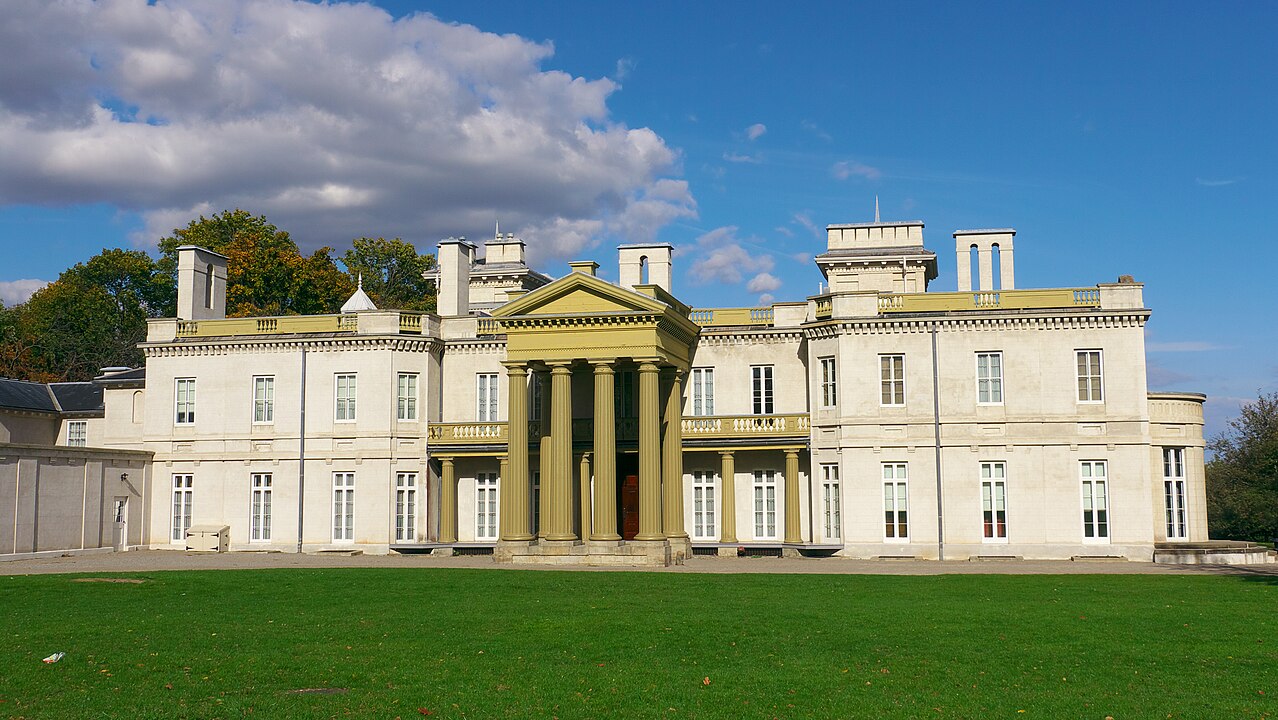
Geography Information
Hamilton is strategically located in southern Ontario. It lies along the western edge of Lake Ontario and is part of the Golden Horseshoe region. The Niagara Escarpment, a UNESCO World Biosphere Reserve, runs through the city. This geographic feature contributes to Hamilton’s abundance of waterfalls and hiking trails.
The city spans approximately 1,138 square kilometers, combining urban neighborhoods, suburban communities, and rural farmlands. Its location provides easy access to Toronto, Niagara Falls, and the United States border.
Places to Visit
1. Royal Botanical Gardens
- A vast network of gardens and nature reserves.
- Home to one of Canada’s largest plant collections.
2. Dundurn Castle
- A historic neoclassical mansion offering guided tours.
- Explores life in 19th-century Hamilton.
3. Waterfalls
- Webster’s Falls and Tews Falls are iconic.
- Over 100 waterfalls await exploration.
4. Bruce Trail
- Canada’s oldest and longest marked footpath.
- Runs along the Niagara Escarpment.
5. Hamilton Museum of Steam and Technology
- Showcases the city’s industrial heritage.
- Features a well-preserved Victorian-era waterworks.
6. Art Gallery of Hamilton
- One of Ontario’s oldest art galleries.
- Hosts permanent and temporary exhibitions.
Yearly Climate
Hamilton experiences a humid continental climate. Summers are warm, with temperatures averaging 25°C (77°F) in July. Winters are cold, often dropping below freezing, with January temperatures averaging -4°C (25°F).
Spring and fall are transitional seasons, offering mild temperatures and colorful landscapes. The city receives moderate rainfall throughout the year, with occasional snowfall in winter.
Best Time of Year to Visit
The best time to visit Hamilton is from late spring to early fall. May through October offers pleasant weather for outdoor activities. During this period, the waterfalls are at their best, and hiking trails are accessible. Fall brings vibrant foliage, adding a picturesque touch to the city’s natural landscapes.
Winter can be charming for visitors interested in snow-covered scenery and indoor attractions like museums and art galleries. Packing appropriately for the weather is essential for a comfortable trip.
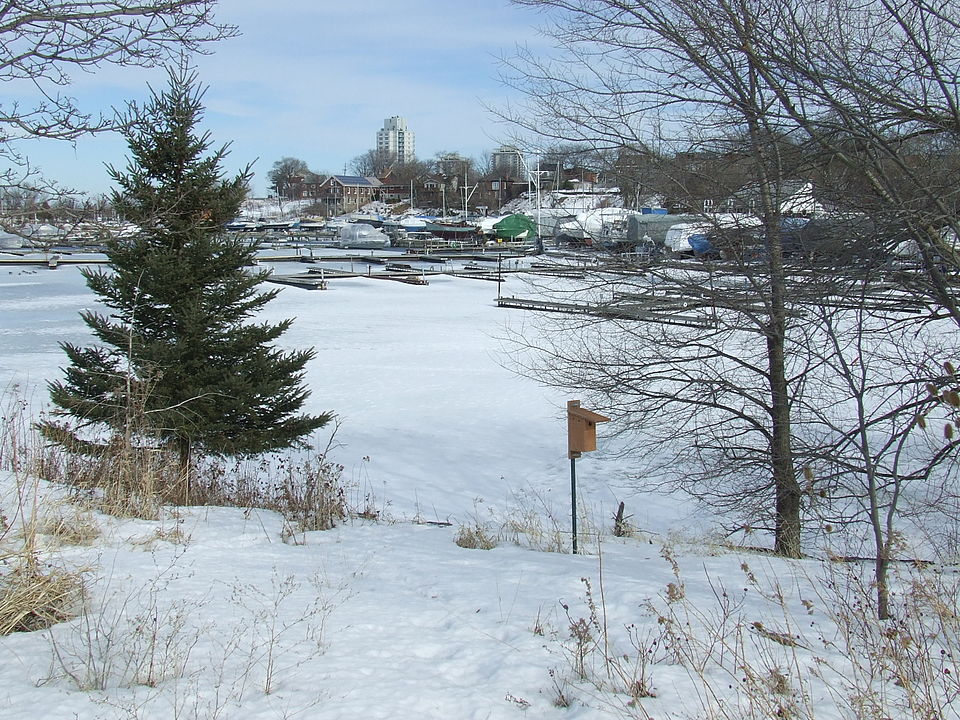
In Summary…
Hamilton is a city of contrasts. It combines industrial history with natural beauty and urban culture. Visitors can explore its diverse attractions, from waterfalls and trails to historic sites and vibrant arts venues. Whether seeking outdoor adventures or cultural experiences, Hamilton offers something for everyone.

